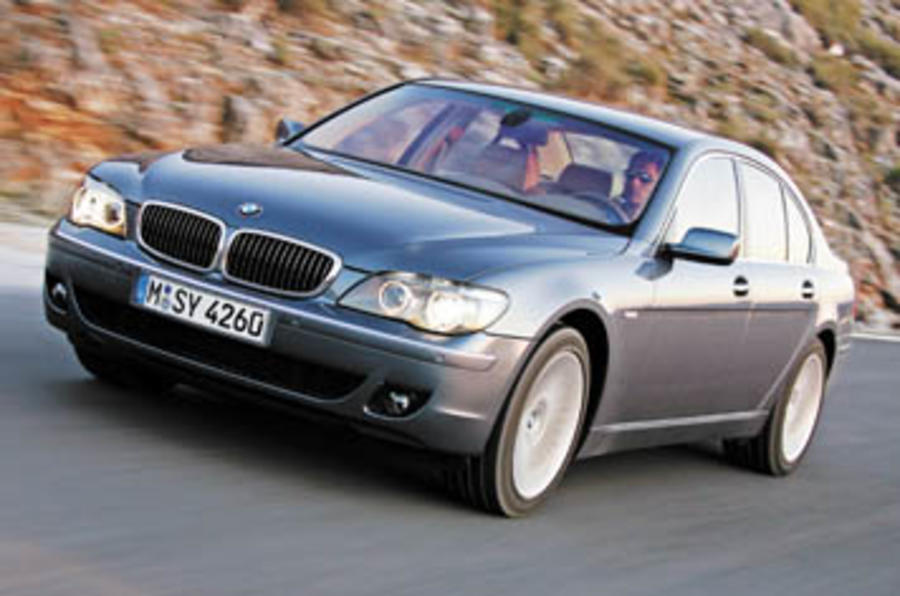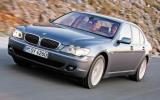Whether you liked or loathed its looks, the fourth-generation 7-series – the one that started the Chris Bangle styling revolution – has been a success.
Nearly 160,000 had been delivered to customers worldwide after 38 months on sale, beating its predecessor by eight per cent and making it the best-selling Seven of all time. It’s overtaken the S-class Mercedes as the top-selling car in its class in Germany – about time, given the Merc’s age, you might say – and sales in Asia, the Middle East, Eastern Europe and Africa have doubled.
Although we’ll never know whether or not a more beautiful, less challenging-looking 7-series would have performed even better, it’s clear that BMW’s bean-counters are very happy with it – or at least, that’s what they’re keen to tell us. This facelifted car will keep the big Seven fresh and attractive through the second half of its production cycle.
The styling is far more conservative than before; a nod to the new 3-series. We don’t know what BMW design boss Bangle thinks, but it looks as if a safety-first policy has kicked in – though the body skin is unchanged, a blowtorch has been applied to the details and melted all the sharper edges.
The kidney grille and lights in the nose are much more rounded and soft, and sit in front of a new power-bulge bonnet, above a re-profiled bumper and front skirt. The softly-softly approach is repeated at the rear, with a much less aggressive boot line and rear lip, re-profiled bumper and rear air dam, and larger rear lights with a chrome strip running between them.
It’s a successful facelift, and will no doubt win over potential customers who thought the previous car too ‘different’. Interior trim has also been improved, with a re-worked iDrive which is less confusing, if still far from instinctive.
Under the skin
More interesting are the mechanical changes beneath, the highlight of which is a range of superb new engines. Five of the six offered for sale worldwide are new or heavily updated – only the 445bhp V12 continues unchanged. The most important of these powerplants are the two petrol V8s, which will account for 65 per cent of 7-series sales: the 4.0-litre V8 in the new 740i replaces the 3.6-litre V8 in the old 735i, and a new 4.8-litre V8 in the 750i – tested here – replaces the old 4.4-litre 735i.
The new straight six from the 630 CSi also makes an appearance in the 730i, and the straight six diesel in the 730d has been updated.
While power, torque and capacity have been increased in the V8s, fuel consumption remains unchanged. The new 4.8-litre engine in the 750i (and long-wheelbase 750 Li) develops 367bhp and 361lb ft of torque, up from 333bhp and 332lb ft in the old 4.4, and edging ever-closer to the old M5’s magical 400bhp.
Fuel consumption is impressive at 24.8mpg on the combined cycle, while the 0-62mph sprint is down from 6.3sec to 5.9sec. This is an impressive engine by any standard, giving the biggest BMW genuinely rapid acceleration both in and through the gears. It never feels anything other than urgent, revving with supreme smoothness to the red line in very short order. The noise is muted – perhaps a touch too quiet – but it still has a muscle-car V8 howl under load, and operates well with the ZF six-speed auto, though perhaps not quite matching the Jaguar XJ8’s seamlessness.















Add your comment